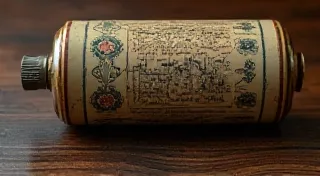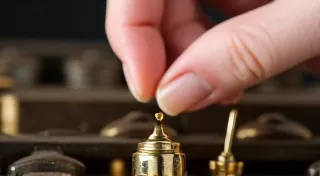The Value of Vintage Music Boxes: Factors Affecting Price
Vintage music boxes hold a unique charm and evoke a sense of nostalgia. Collecting them can be a rewarding hobby, but understanding what drives their value is crucial, whether you’re a seasoned collector or just starting your journey. The price of a vintage music box isn’t determined by a single factor; instead, it's a complex equation considering several elements. This article delves into the key factors that influence the value of antique and vintage musical boxes, helping you navigate the fascinating world of music box collecting.
1. Maker and Brand Recognition
Just like with any collectible, the maker’s reputation significantly impacts the value of a music box. Certain brands are highly sought after, commanding premium prices. Knowing how to identify vintage musical box makers is a vital first step for any collector. Here’s a look at some of the most esteemed makers:
- Junod (Switzerland): Junod is arguably the most coveted name in music boxes. Known for their exceptional quality, elaborate movements, and often intricate exterior decorations, Junod boxes are considered the pinnacle of Swiss music box making. They often feature popular tunes and impeccable craftsmanship.
- Polyphon (Germany): Polyphon, a brand from the Polyphon Music Works, produced a vast range of music boxes, from smaller tabletop models to large grand boxes. Their boxes are known for their robust construction and the sheer volume of music they could play.
- Benoit (Switzerland): Benoit music boxes are renowned for their beautiful, often ornate, cases and high-quality movements. They produced a variety of styles, appealing to a broad range of collectors.
- Regina (Germany): Regina music boxes, also from the Polyphon Music Works, are known for their distinctive tone and elaborate cylinders.
- Sherman Clay (USA): Sherman Clay music boxes, manufactured in the United States, are popular amongst collectors, particularly those interested in American craftsmanship.
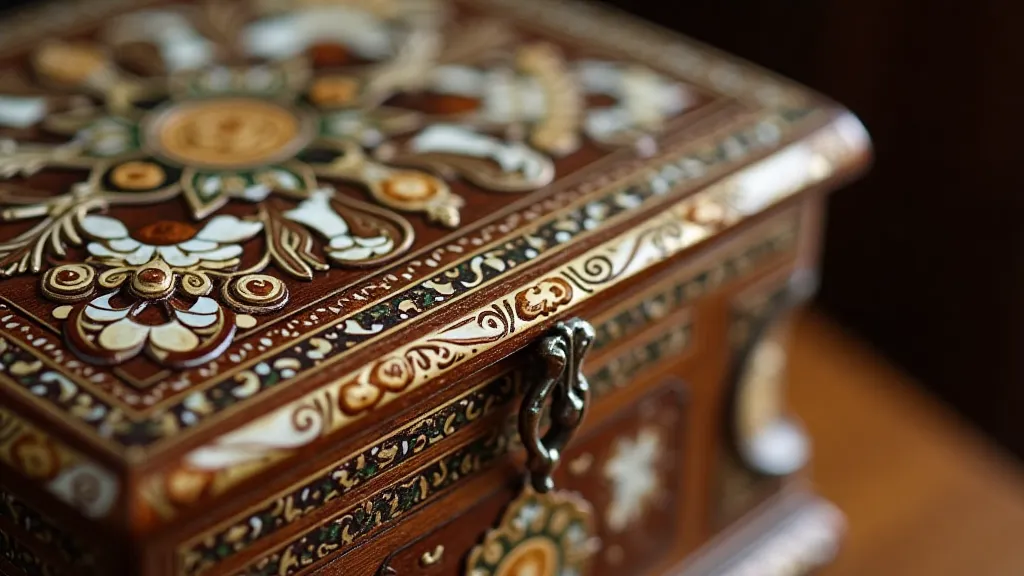
2. Condition: A Critical Factor
The condition of a vintage music box is arguably the most significant determinant of its value. Here’s a breakdown of the condition grades and their impact:
- Mint: Boxes in mint condition are exceptionally rare. They are virtually untouched, with original finish, perfect mechanical function, and no visible signs of wear. These command the highest prices.
- Excellent: An excellent box will have minimal signs of wear. The finish will be bright and clean, the mechanism will function perfectly, and any minor imperfections will be barely noticeable.
- Very Good: A very good box will exhibit some minor wear, such as light scratches or a slightly faded finish. The mechanism will still function properly.
- Good: A good box will have more noticeable wear, including scratches, faded finish, and possibly some minor repairs. The mechanism may require occasional servicing to function optimally.
- Fair/Poor: Boxes in fair or poor condition will have significant wear, damage, and potentially a non-functional mechanism. These are usually only valuable for parts or to collectors seeking a restoration project.
3. Rarity and Production Numbers
Rarity is a key driver of value in any collectible market. Music boxes, often produced in limited quantities, are no exception. Factors contributing to rarity include:
- Limited Editions: Music boxes produced as limited editions, often commemorating special events or anniversaries, are highly sought after.
- Uncommon Decorations: Boxes with unusual or distinctive decorations, such as specific inlay materials or carvings, are rarer and more valuable.
- Rare Musical Selections: Music boxes that play less common or obscure tunes can be more valuable than those that play popular melodies.
- Variations in Manufacturing: Slight variations in the manufacturing process – perhaps a different color of enamel or a unique case shape – can create rare and collectible models.
4. Musical Selection and Cylinder Condition
The tunes a music box plays contribute to its appeal and can influence its value. Some melodies are consistently popular and sought after, while others are less desirable. The condition of the cylinder, the rotating device that holds the pins creating the music, is also crucial. A damaged cylinder can dramatically alter the listening experience.
A damaged or worn cylinder will produce distorted or incomplete music, significantly reducing the value of the box. Even a box in otherwise excellent condition can be diminished in value if the cylinder requires significant repair or replacement. The availability of replacement cylinders is another factor; rare or discontinued tunes may be almost impossible to find cylinders for, increasing the cost and difficulty of restoration. Furthermore, knowing how to replace a broken comb, a related component, can be essential for preserving the music box's functionality.
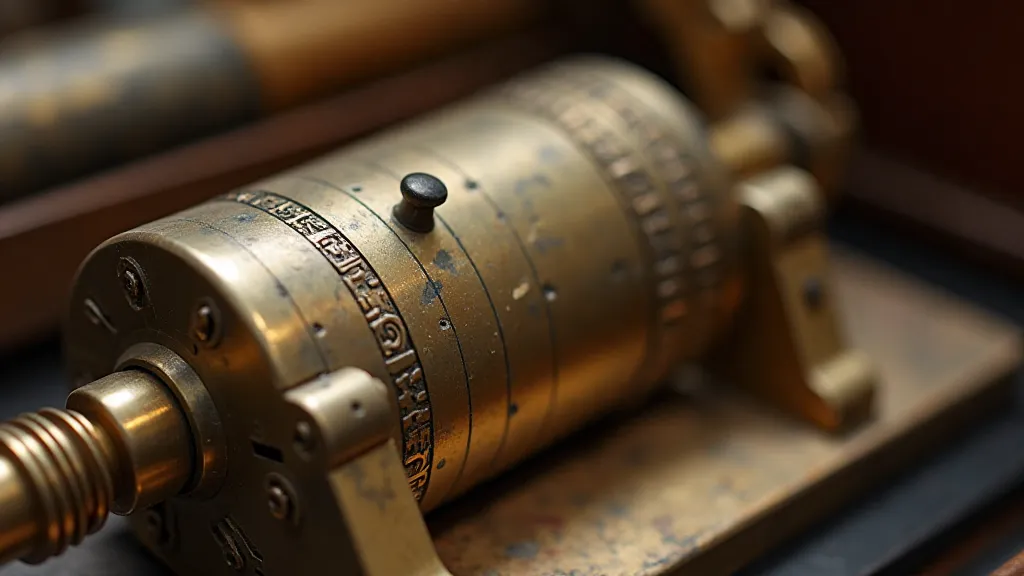
5. Case Material and Decoration
The materials used in the case and the quality of the decoration significantly impact a music box’s value. The overall aesthetic and craftsmanship contribute to the box’s desirability.
- Case Materials: Cases made from high-quality materials like rosewood, mahogany, or ebonized wood command higher prices than those made from less desirable woods. Metal cases, especially those with elaborate engraving or chasing, are also valuable.
- Decoration: Intricate inlay work (mother-of-pearl, abalone), hand-painted scenes, carvings, and other decorative elements increase the value of a music box. The skill and artistry of the decorator are also considered.
6. Historical Significance and Provenance
Music boxes with a notable history or provenance can fetch premium prices. For example, a music box once owned by a famous person, or one that was featured in a significant historical event, will be more valuable than an identical box with an unknown history. These stories add another layer of fascination and intrigue, making the music box a tangible link to the past.
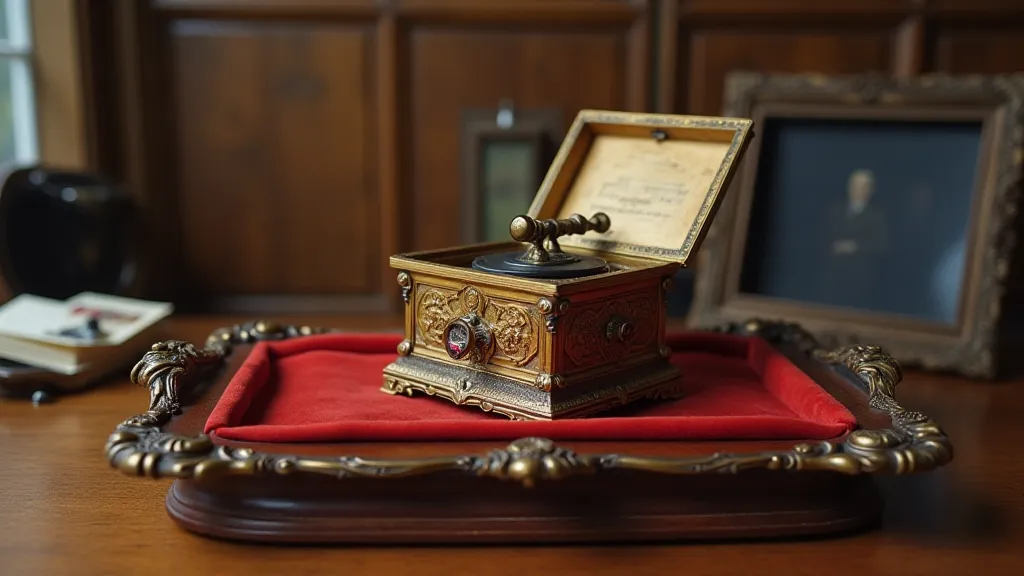
7. Preservation and Maintenance Tips
Beyond understanding the factors that influence value, proper care and maintenance are essential for preserving the condition and longevity of your vintage music boxes. Regular cleaning, careful handling, and proper storage are crucial. Knowing how to clean and preserve your vintage music boxes gently is paramount to their long-term value.
Conclusion
Determining the value of a vintage music box is a complex process requiring careful consideration of numerous factors. While maker’s reputation, condition, and rarity are paramount, attention to detail regarding musical selection, cylinder condition, case materials, decoration, and historical significance will provide a more accurate assessment. Ongoing research, engagement with the collector community, and familiarity with market trends are crucial for navigating this fascinating and rewarding hobby. The world of vintage music boxes offers endless opportunities for discovery and appreciation.



